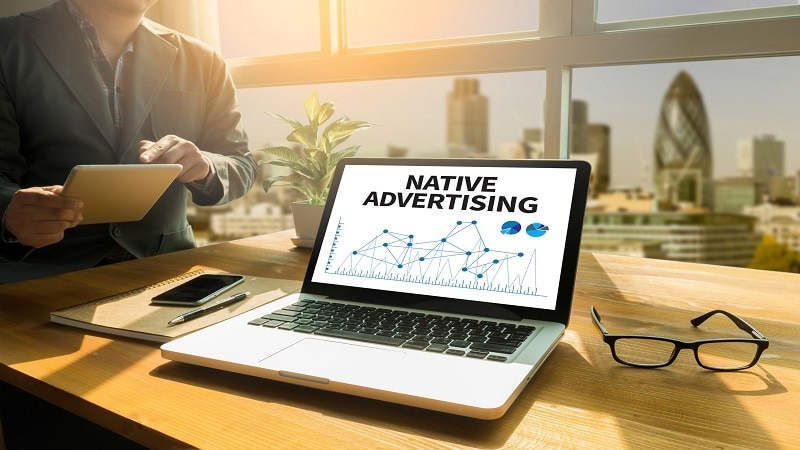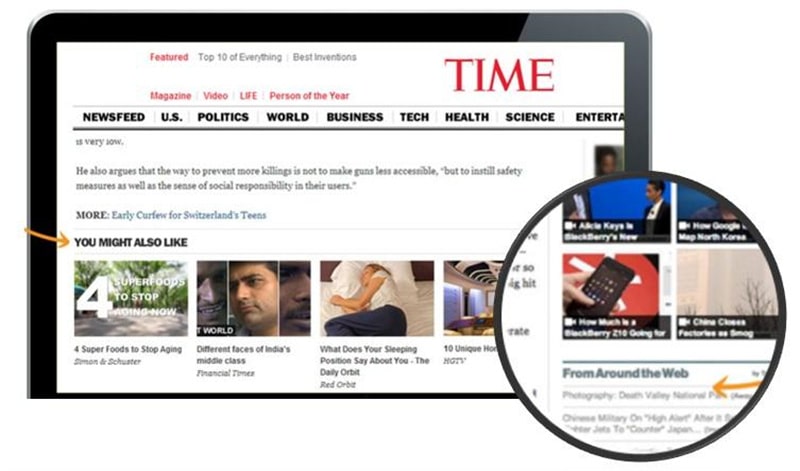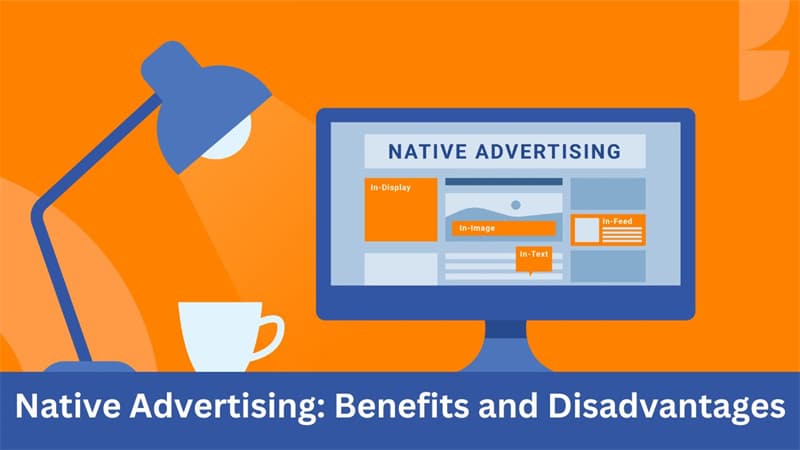
Native advertising is advertising that demonstrates the value of a product without extolling its benefits with calls to buy
Native advertising demonstrates the value of a product without extolling its benefits with calls to buy. Perceived by users as a counsel, so it does not cause rejection.
Also, native advertisements can be informative, entertaining, compilations or reviews. Everything except advertising in the form of banners, contextual ads on the main pages of search engines. Anything that does not contain open appeals “Buy now” or “Buy 2 T-shirts, get the third one for free”.
How to recognize native advertising

The quality of native advertising is higher. When it is more difficult for users to realize that it is advertising material. As a rule, the content contains a link to the product, but at the same time:
Completely coincides with the theme and format of the site.
Text advertising is placed on information sites, video advertising is placed on video services. Advertising for decorative cosmetics and cars does not appear on a site dedicated to SEO. And technical audit and website promotion services are not advertised on the blog of young mothers.
Mimics normal content.
Unlike bright advertising banners, native advertising does not stand out from the usual content. Neither in color design, nor in fonts, nor in the presentation of material.
Not marked with an “Advertising” icon, but with more neutral options.
This could be “Special Project”, “Affiliate Material”, “Sponsored Material”, “Paid Material” or simply “Promo”. On social networks, native advertising most often is not marked at all. Relatively recently, the option “Thanks for the article…” appeared on LinkedIn.
Has its own value.
For example, a copywriter needs to natively advertise the accounting service “2+2”. He makes a selection with an overview of 10 different accounting services. Describes each, provides a link to each. And presents the description of the “2+2” service as loyally as possible, with an emphasis on the advantages. But even if you remove this description from the selection, it will provide value to users. And will help them decide on the service.
Pros and cons of native advertising

I see more advantages in native advertising – but there are also cons.
First, about the pros.
- Native advertising not blocked by ad blockers. These are programs with which the user can prevent contextual advertising. For example, banners, teasers, and targeted advertising are shown to him. Native advertising is the only format that ad blockers cannot detect.
- Native advertising avoids banner blindness. This is a state when a person’s brain does not want to see advertising. And the person does not notice it; it becomes “white noise” for him. Native useful material not identified by the brain as advertising; a person reads it carefully.
- Native advertising builds trust in the advertiser. This happens due to the absence of direct calls to buy something. And the benefits contained in native advertising materials.
- Native advertising is less boring. An interesting and soft presentation of material causes less resistance than direct advertising. The Internet community is already tired of it.
- Native advertising can trigger word of mouth. The blogger recommended the product. And the user bought it and liked it. The user himself, without requests or financial incentives, recommends the product to his subscribers. When tens, hundreds, or thousands of people do this, the effect can be dramatic. People willingly share native advertising in the form of collections, games, tests. And a viral effect can work to launch word of mouth.
Cons of native advertising:
- High cost. Special projects or native advertising for millionaire bloggers require serious budgets.
- Inability to scale. Direct advertising is simple and clear. You have created a creative advertising banner and can place it on dozens of platforms. This option does not work with native advertising. Material for each site and for each blogger created separately. Otherwise the publication will look inorganic.
- Lack of clear standards. Native advertising is a largely emotional product. You can say in advance that this formula for preparing material will work well. This one will work worse, and it’s better not to use this one at all. Only practice will show what will resonate with the audience in each specific case.
6 tips to make native advertising sell
Adapt to the site.
Do not try to post videos on text platforms or write long reads for news portals. Take into account the requirements of editorial policy if you contact blogs or the media.
Select sites and/or bloggers who share the values of your brand.
If a blogger writes about saving and financial literacy, you should not order ads from him for a current golden toilet – even a native one. Or post materials about vegetarian cuisine on a biker’s account. If the blogger’s values are consistent with the brand’s values. There is a high chance that your target audience is among his subscribers.
Give users value.
The more objective benefit there is in the material. The more likely it is that there will be a good response from the audience. The material will be bookmarked and reposted.
Try to evoke emotions.
Native advertising promotes a product not so much with numbers and facts. But with the positive emotions that the user receives from reading the material. Surprise, curiosity, a desire to check in person, a smile – any reaction is good. Just not indifference.
Fake spontaneity.
A well-prepared post will look timely but appear spontaneous. To achieve the effect of spontaneity, try to time your native advertising materials to cultural, political, sporting events. Or at least to the weather and climate specifics of the season. It is not logical to promote the service of life and health insurance for children during their stay at a summer camp in the fall, and the services of a tutor at the beginning of the summer.
Use different platforms.
You shouldn’t focus only on native advertising on Instagram. It’s more rational to try different platforms. Evaluate and compare their effectiveness for your business, and leave those were native advertising gets success.










